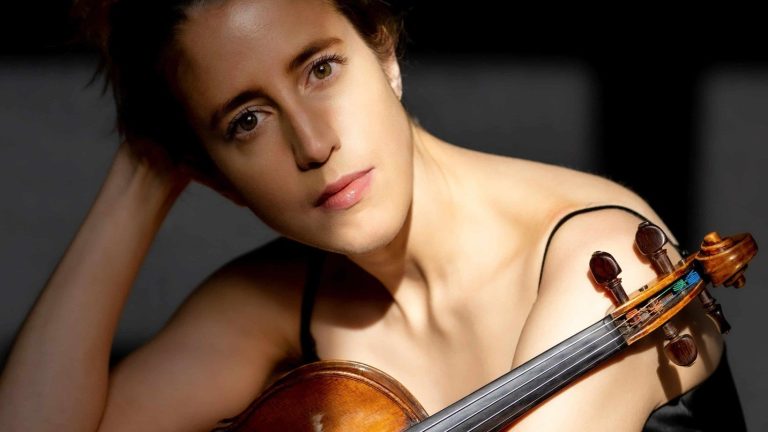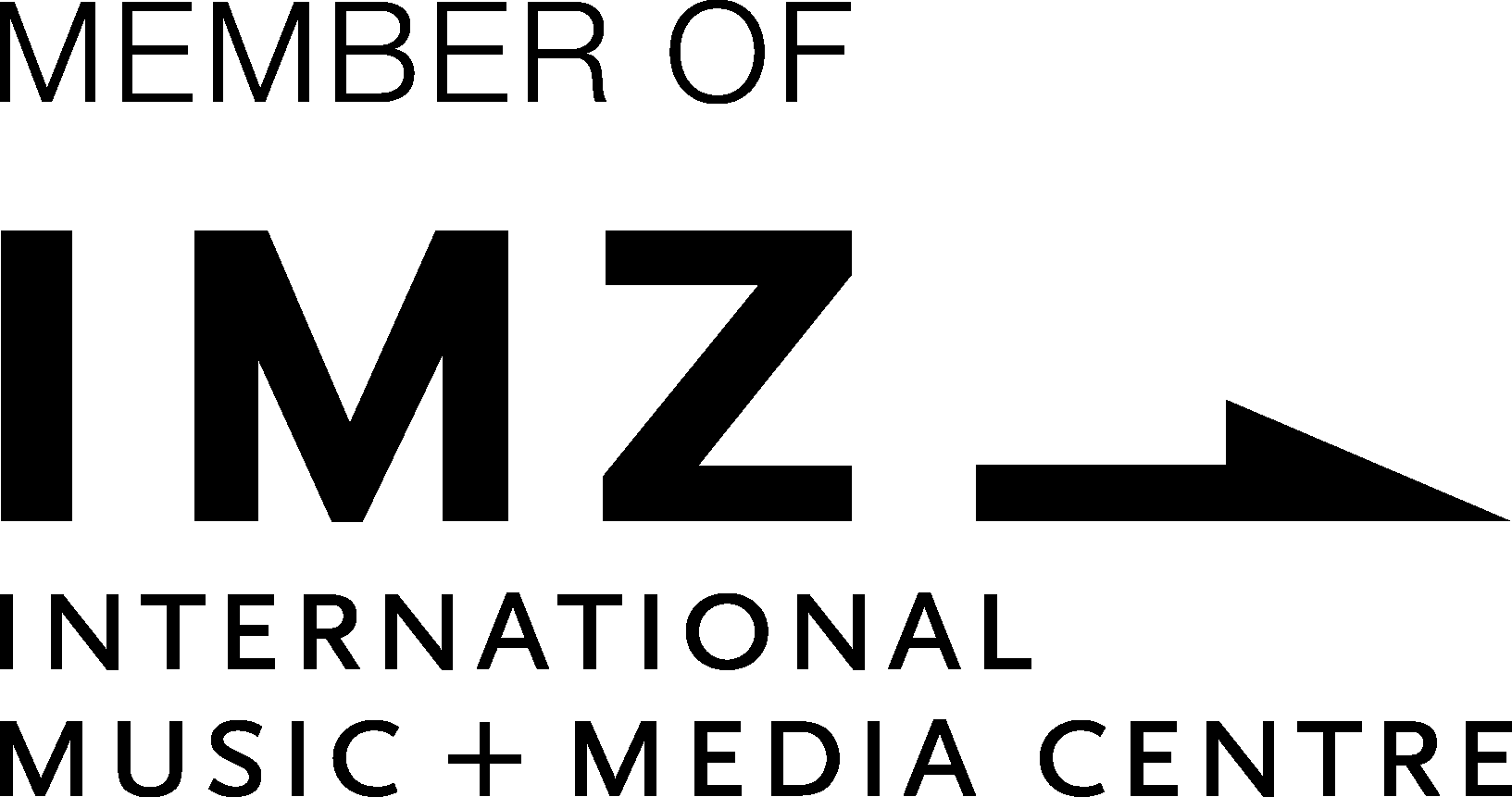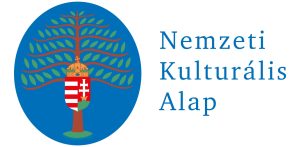Vilde Frang is very young but has been one of the best-known violinists for at least a decade and a half. Her list of awards and accolades is already long, the most recent being the ICMA Prize for her recording of Beethoven’s and Stravinsky’s Violin Concertos.
– My first impression of the Beethoven concerto was that it was a very natural performance. And the second is that it is very much your interpretation.
– With the Beethoven concerto, I had in mind that I must not break anything. It was more a psychological process than a learning process: the important thing was to let the music happen. To feel that I am only a small part of this process, a part of the orchestral score. It’s like I’m always learning to fly, this music is very fresh and clean to play.
– The conductor of the album is Pekka Kuuisto. Have you ever worked together?
– As a violinist, I’ve known Pekka Kuuisto for a long time. For me he’s a real hero, I respect him a lot. The way he plays is so natural, I’ve learned so much from him – and now he’s given me the same naturalness in the accompaniment. Once, when he had to step in on stage as a conductor, the one unusual thing about him was that he was in a tuxedo. I hardly recognised him… The orchestra, the Bremen German Chamber Philharmonic also played very enthusiastically. It was a great experience to record these works.
– The recordings were made in 2021 and 2022, respectively. That could not have been an easy time.
– And we had almost given up, the coronavirus had made all the recordings uncertain. The Beethoven concerto was recorded in January 2021, but with recording Stravinsky’s Violin Concerto we had to wait until the summer of 2022. But I feel it was well worth waiting for these two recordings to come together!
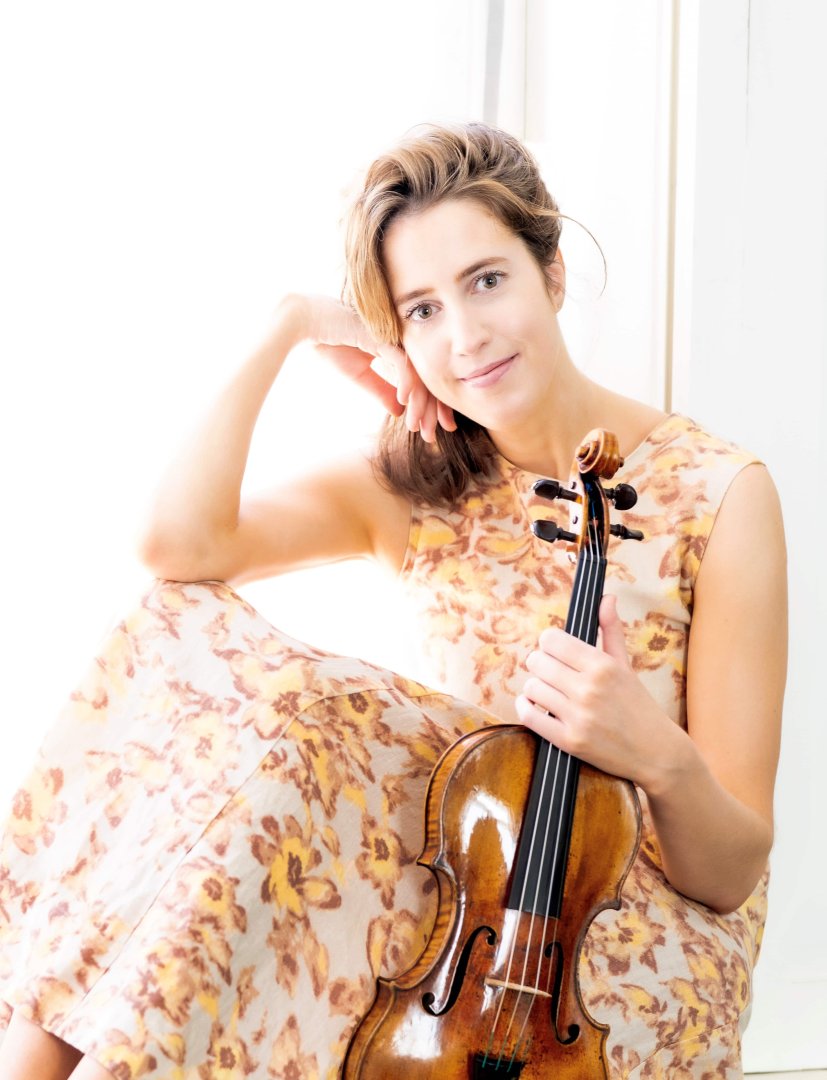
– Another performance of Beethoven’s violin concerto has just been published, performed by Veronika Eberle and conducted by Sir Simon Rattle, which features new cadenzas by Jörg Widmann, while in your case the composer is none other than Beethoven… however, the timpani is also included on both records.
– It’s not well known, but Beethoven also wrote a piano version of the Violin Concerto, and as with all his piano concertos, he wrote his own cadenza for this one as well – he was the one who also arranged the timpani into it. The Violin Concerto was played for a long time with romantic cadenzas, especially Joachim’s, until Wolfgang Schneiderhan dusted off the Beethovenian idea and reworked it for violin, which was made popular by Gidon Kremer. Nowadays most violinists use it, albeit with decent cuts, because it is particularly long and heavy. I just made it a tiny bit shorter. While the concerto is classical, the cadenza is not only romantic, but also outright wild – this is a very different Beethoven.
– How does Stravinsky’s Violin Concerto come next to Beethoven’s?
– I learned the two works – Stravinsky’s Violin Concerto and Beethoven’s Violin Concerto – together, at the same time, when I was 17, and they are somehow connected in me. I like Stravinsky’s freshness and humour. It has also been made into a ballet, choreographed by Balanchine; however, it’s too slow for me, the Violin Concerto is much fresher. There is a circus spectacle, but at the same time there is a painful depth in the 3rd movement. Stravinsky’s Violin Concerto has much of Petrushka, a childhood favourite of mine. It’s almost in my DNA, just like Bach’s Brandenburg Concertos, Brahms’ cello sonatas – interestingly, I didn’t get into violin sonatas until much later, when I was 12 –, or Bartók’s Romanian folk dances. Bartók is a fantastic composer, he has been one of my favourites for a very long time.
– You have long-standing good relationship with Hungary.
– It’s hard to count all the experiences: the 2012 Kaposfest was a defining experience for me, and the Budapest Festival Orchestra is one of my favourite orchestras, I’ve played with them several times. I always enjoy coming to the Festival Academy organised by Katalin Kokas and Barnabás Kelemen, there are always new ideas, and this year I might perform with the Söndörgő ensemble. Hungarian folk music is very exciting, I feel very strongly connected to this musical world.
– How consciously do you plan your career? Are there any milestones you keep track of?
– For example, the idea of a new album is something that takes me a long time – maybe years – to mature and I only realise it when the time is right. However, once I make up my mind, I can hardly be dissuaded with arguments like the recording of Sándor Veress’ Trio cannot be sold. Who cares when the music is as excellent as the performing partners? Anyway, the whole point of a career is to give you freedom: I practice so much to be able to make artistic decisions. One such example was the recording of the String Octet by Enescu, which I had the opportunity to record with some great fellow musicians.
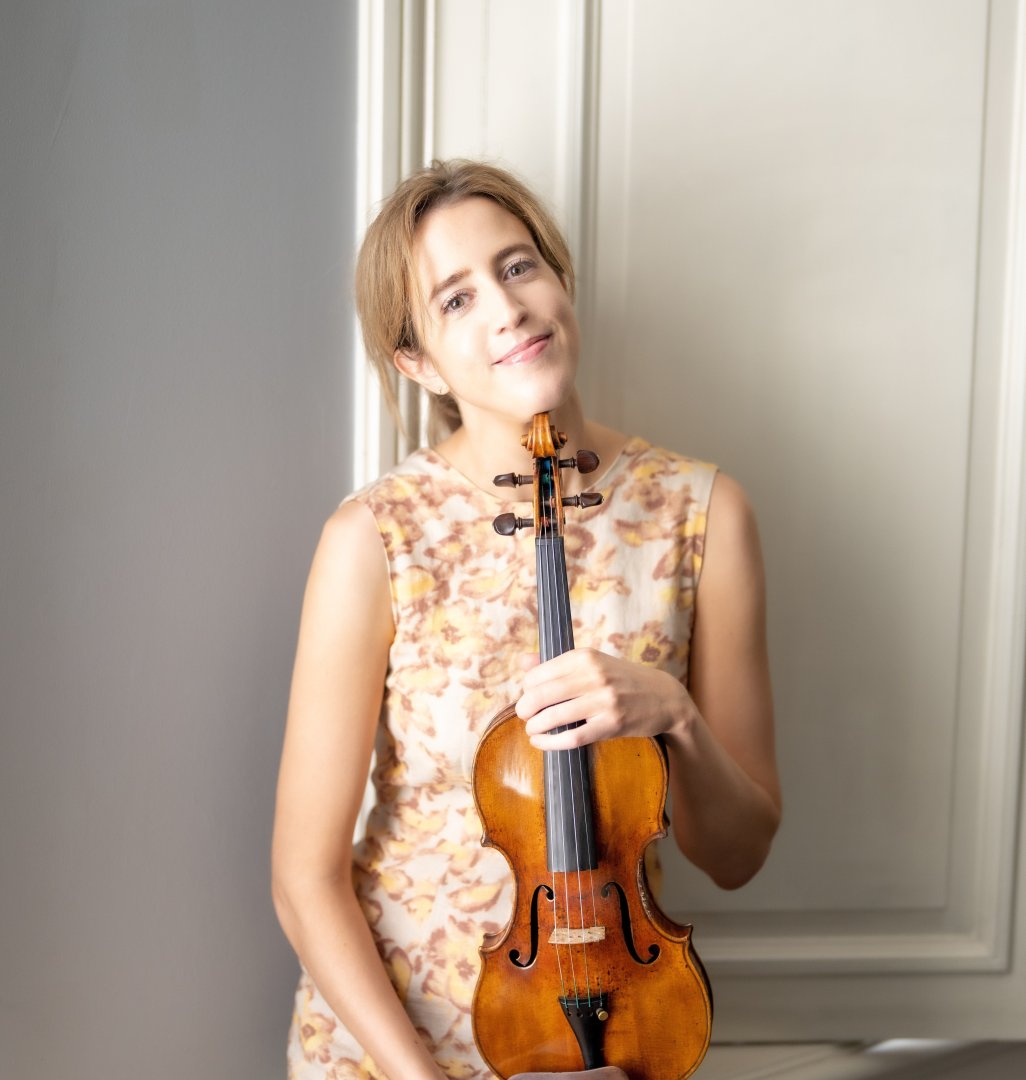
– What are your plans for the near future?
– For the next season, the recording of Schumann’ and Berg’s violin concertos are in the pipeline, but I cannot reveal the names of the orchestra and the conductor yet. I’m going to perform with the B’Rock Orchestra, René Jacobs’ ensemble – I’m sure I’ll learn a lot from that, but it would also be a milestone in my life to commission a piece, preferably a violin concerto. Performing contemporary works are also scheduled, the chamber works by Thomas Ades, and Wolfgang Rihm.
– How does your new – 300-year-old – instrument help you in all this?
– Music is the noblest form of communication, a constant interaction, not an aspiration to prominence. But there are places where you do manifest as a soloist. For me, I had to learn this bigger voice, because in the past, when the orchestra would just accompany me, they would stay in the background, and I would feel alone. My instrument – the 1734 „Rode” Guarneri del Gesù – helped me a lot to overcome this. I was also very fond of my previous violin, the 1866 Jean-Baptiste Vuillaume, but now I feel like I’m finding my adult voice after mutation, or the way singers might feel when they return to the stage with a bigger, fuller voice after childbirth. I feel like we found each other, we chose each other with the instrument.

